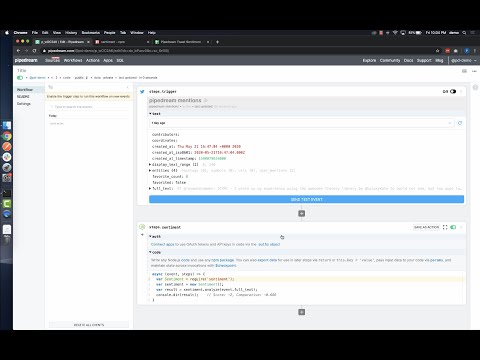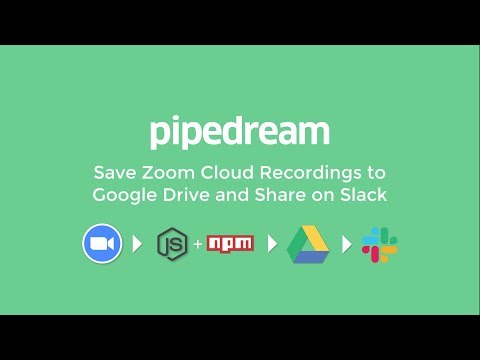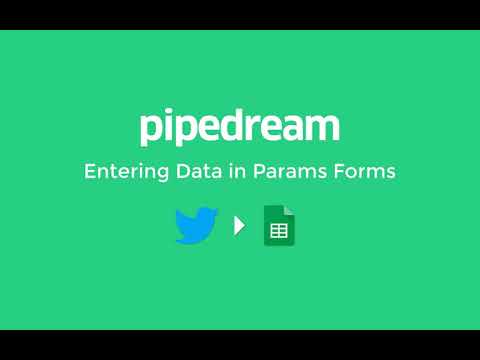What do you want to automate
with Zenkit and Google Sheets?
Prompt, edit and deploy AI agents that connect to Zenkit, Google Sheets and 3,000+ other apps in seconds.
Trusted by 1,000,000+ developers from startups to Fortune 500 companies
Popular Ways to Connect Zenkit with Google Sheets#
Popular Zenkit and Google Sheets Triggers#
Popular Zenkit and Google Sheets Actions#
Add a comment to an entry/item within a list/collection on Zenkit. See the docs
Add a single row of data to Google Sheets. Optionally insert the row at a specific index (e.g., row 2 to insert after headers, shifting existing data down). See the documentation
Add multiple rows of data to a Google Sheet. See the documentation
Overview of Zenkit#
Zenkit is a versatile project management and collaboration tool that lets you organize your data and build custom workflows to streamline your business and personal projects. With the Zenkit API, you can create, read, update, and delete items in your collections, manage users, and automate notifications or actions based on changes within your datasets. Combining Zenkit's API with Pipedream's capability unlocks powerful automation opportunities, allowing you to interconnect your project data with numerous other services and internal systems to enhance productivity, data consistency, and event-driven processes.
Connect Zenkit#
import { axios } from "@pipedream/platform"
export default defineComponent({
props: {
zenkit: {
type: "app",
app: "zenkit",
}
},
async run({steps, $}) {
return await axios($, {
url: `https://zenkit.com/api/v1/users/me`,
headers: {
Authorization: `Bearer ${this.zenkit.$auth.oauth_access_token}`,
},
})
},
})
Overview of Google Sheets#
The Google Sheets API allows for the creation, reading, updating, and deletion of data within Google Sheets, enabling a robust platform for spreadsheet management and data manipulation. Through Pipedream, you can craft serverless workflows that respond to various triggers, such as webhook events, emails, or scheduled times, to interact with Google Sheets. This synergy can automate reporting, synchronize data across applications, manage inventory, track leads in a CRM, or even conduct survey analysis by updating and retrieving sheet data on the fly.
Connect Google Sheets#
import { axios } from "@pipedream/platform"
export default defineComponent({
props: {
google_sheets: {
type: "app",
app: "google_sheets",
}
},
async run({steps, $}) {
return await axios($, {
url: `https://www.googleapis.com/oauth2/v1/userinfo`,
headers: {
Authorization: `Bearer ${this.google_sheets.$auth.oauth_access_token}`,
},
})
},
})
Related Videos#



Community Posts#


